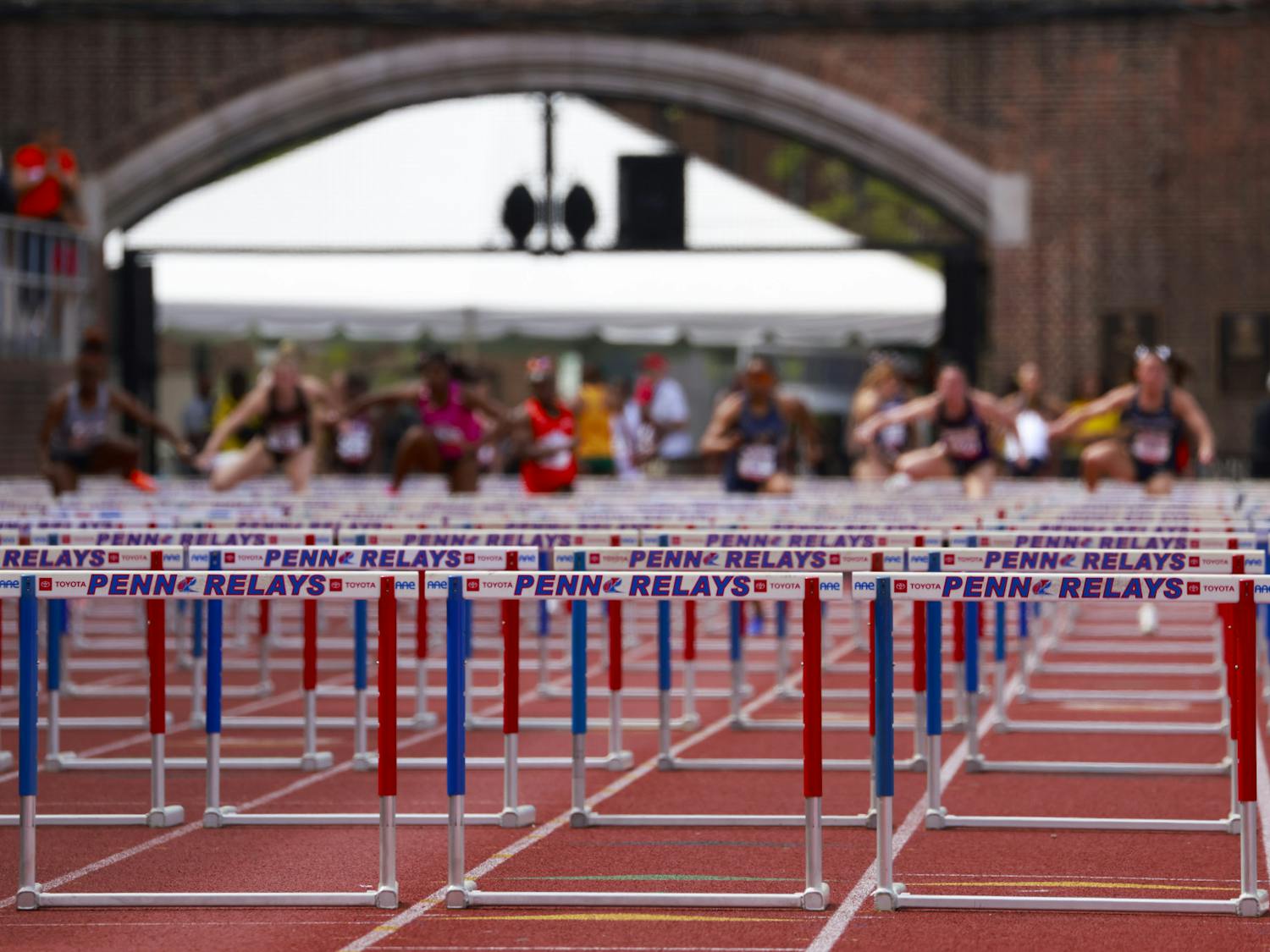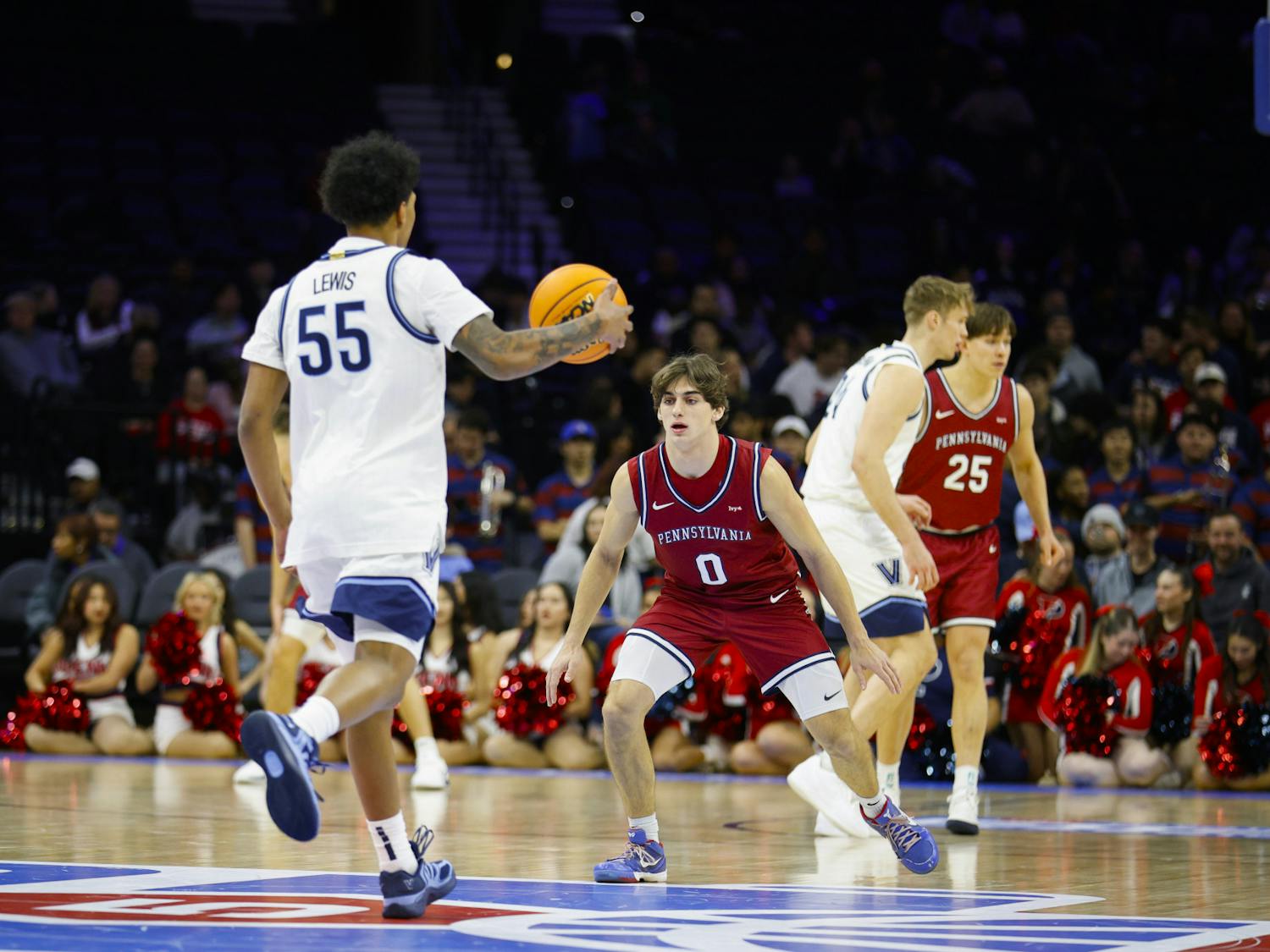Only cricket and rowing predate baseball as the oldest sports played at Penn. From its earliest beginnings of intramural competition between teams representing each class, and much of the 20th century spent in the Eastern Intercollegiate Baseball League, to Ivy League competition as we know it today from 1992, Penn baseball endured alongside the school’s history from a footnote of campus culture into the established athletic program we recognize today.
The earliest baseball played at Penn predated the Civil War, although the lack of records suggests that games were largely informal.
Students participated in casual interclass matchups while Penn was located at the Ninth Street Campus, and teams began to materialize out of clubs and fraternities who would form rivalries against each other as well.
The first clear documentation of a baseball team at Penn dates to 1865, with a mention of “The Base Ball Club” in the school’s first senior yearbook. The short entry amongst many other activities describes the student body’s diminished interests in the sport, recording that the club, “which was in flourishing condition last year,” had fallen in popularity since. The writers of the yearbook then push a suggestion for revival, that “some of the men now in college ought to take it up again; they will find all the bats, bases, etc. ready for them.”
Interest and activity in baseball continued to wax and wane according to the volume of initiatives organized by students. Graduating players often left large vacancies on rosters, and teams were prone to player shortages. The 1867 yearbook records one match between the senior class team and an athletic club outside of school where Penn was defeated, playing short of two men.
But beyond teams formed by individual student organizations, records from 1867 present the earliest appearance of a designated team to represent the school: the “University Nine.” The roster was originally composed of nine players across all undergraduate classes, but later included students from the professional schools — medical, law, and dental — as their enrollments began expanding. Within the following years, substitute players beginning from the first recorded season of Penn baseball introduced depth to the rosters as well.
The 1868 yearbook records the comparative success of the University Nine against outside opponents compared to the performances of cricket, and the writers suggest that students present more interest to the sport “in order that bulletins of next year may announce more victories and fewer defeats, that we are at present reluctantly obliged to chronicle.”
The University was not involved in student athletics before Penn’s move to West Philadelphia. Until then, baseball at Penn was initiated, funded, and organized wholly by students. Equipment was humble as was characteristic of early baseball, and there were no athletic facilities due to limited space on campus — most evidently, no designated baseball field.
RELATED:
Penn rowing at the Olympics: Nearly a century of history and a recent flourish of success
Career businessmen and Wharton alums Josh Harris and Steve Cohen are now sports owners
Teams elected a captain who decided on team structure and governed play, and a manager who scheduled games and handled finances. Without support from the University, students tested various methods of funding; first with ticket sales, and later forming an association to seek financial support from alumni.
Penn’s move to West Philadelphia in 1872 was along to the tune of intercollegiate sports finding their initial footing in many colleges across the United States, but also with the rising popularity of professional baseball. As a result, athletics on campus grew more consistent in competition and activity.
Penn baseball’s first official season is documented as 1875 with a five-win, three-loss record. The varsity team developed a consistent schedule of playing against teams outside the school in a season limited to just the spring, rather than in the fall as before, although intercollegiate play only became consistent into the 1880s.
But despite the increased support by school administration for the varsity team, individual clubs and societies endured with their own baseball activities. In the early 1880s, a tradition in baseball emerged where teams representing each class would play the other three, with a champion declared at the end of the competition.
Penn baseball grew to resemble the athletic program as we know it today by the turn of the century. The varsity team had emerged as a consistent, organized body, with a professional coach hired by the University and resources becoming more enthusiastically committed to the sport as a reflection of improving records into the 1900s.









